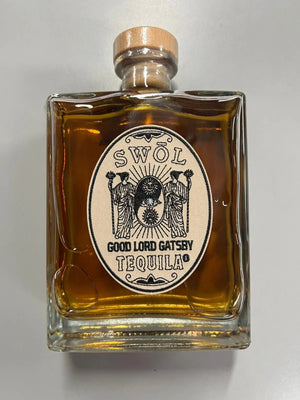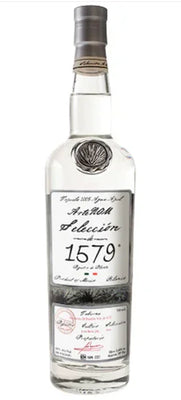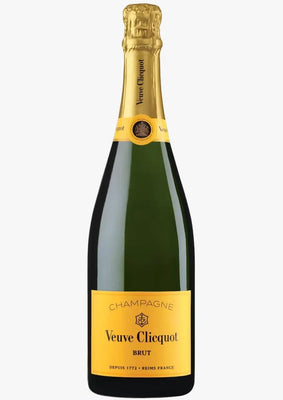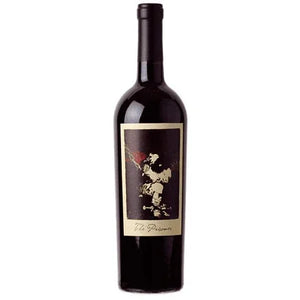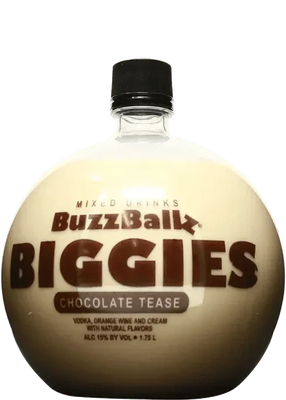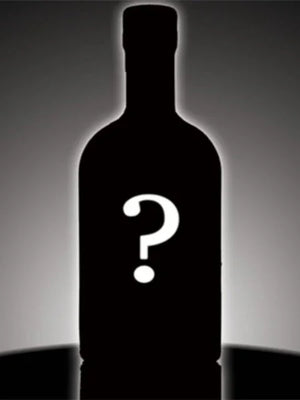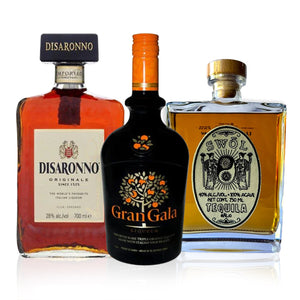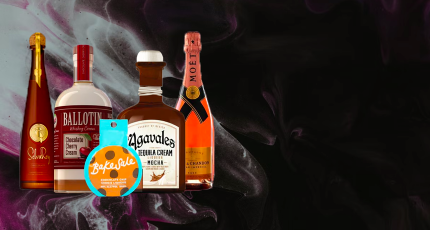Water plays a crucial role in the creation of Scotch whiskey. It's not just a background element but a vital component that impacts the whiskey's character and flavor from its source to the moment it hits your glass. In this journey from nature to your sip, water is a constant companion, shaping the spirit in ways you may not have realized. Let's dive into how water influences whiskey production at every stage and why adding water to whiskey can unlock a new dimension of flavors.
Water: The Essence of Scotch Whiskey

Scotland's landscape is rich with pure water sources—lochs, rivers, springs, and burns—that provide the foundation for its famous Scotch whiskey. The quality and type of water, whether soft or hard, play a pivotal role in determining the flavor profile of a whiskey. Water used in whiskey production is often pure and free from pollutants, and its unique mineral content can greatly affect the taste and mouthfeel of the final product.
Distilleries across Scotland proudly emphasize their unique water sources. For instance, the Glenlivet distillery uses soft spring water, which contributes to its whiskey's smooth and clean finish. The purity and composition of the water directly impact the character of the whiskey, setting the stage for every step that follows in the production process.
Malting and Mashing: Setting the Flavor Base

The journey of whiskey starts with malting, where barley grains are soaked in water to encourage germination. This step is crucial because it breaks down the starches in the barley into fermentable sugars. The water quality here can influence the germination process, impacting the sugar yield, which is essential for fermentation.
After malting, the barley is dried and ground into grist, then mixed with hot water in a mash tun to extract those sugars. This stage, known as mashing, is where water's role is again significant. The temperature and pH level of the water must be carefully controlled to maximize sugar extraction. The type of water—soft or hard—can influence the extraction process and, ultimately, the flavors that develop in the final product.
Fermentation: Water Influences Flavor Development

Next comes fermentation, where the sugary liquid (wort) is mixed with yeast in large vessels. Here, yeast converts the sugars into alcohol, creating a liquid known as "wash," which is then distilled. The water's mineral content can affect yeast performance, leading to the development of different flavors and aromas. Distilleries are meticulous about maintaining the consistency of their water source, as even slight changes in mineral content can lead to variations in the whiskey's taste.
Distillation: The Role of Water in Purity and Proof

During distillation, the fermented wash is heated, and alcohol is separated from other components. Water is used to cool the condensers, turning the alcohol vapors back into liquid. The purity and temperature of the cooling water can impact the efficiency of this process and the clarity of the distillate.
Distilleries also use water to dilute the whiskey to the desired proof before aging. This dilution, often called "proofing," involves adding water to whiskey that is free of any unwanted flavors or impurities. The quality of this water is critical, as it can significantly affect the whiskey’s final taste and aroma profile.
Aging: Water's Silent Influence
During the aging process, whiskey matures in oak barrels, and water still plays a subtle role. Water, along with alcohol, evaporates through the wood over time—a phenomenon known as the "angel's share." The surrounding environment, influenced by humidity levels and the presence of water bodies like rivers or the sea, can impact the rate of evaporation. This, in turn, affects how the whiskey's flavors concentrate and evolve over time.
Also Read - The Ulitmate Guide to Different Types of Whiskey
Adding Water to Whiskey: A Delicate Balance

When it comes to savoring Scotch, adding water to whiskey is a matter of personal preference and science. Adding water can soften the alcohol's bite and open up hidden flavors and aromas. When you add water to whiskey, it breaks down certain compounds that are otherwise masked by the alcohol. This allows for a more nuanced tasting experience, bringing forward notes of fruit, spice, and oak that you might not notice when drinking it neat.
For high-proof whiskeys, adding a few drops of water can dramatically change the tasting experience. It reduces the alcohol's heat, allowing more delicate flavors to shine through. The key is moderation—adding just the right amount of water can enhance the whiskey, but too much can dilute its character. Experimenting with a few drops and tasting as you go can reveal the full spectrum of the whiskey’s flavors.
Whiskeys on the Water: An Immersive Experience
“Whiskeys on the water” isn’t just a poetic notion but an invitation to explore whiskey in a new context. Whether you're on a whiskey-tasting tour down a Scottish river or enjoying a dram by a coastal distillery, the presence of water adds a unique dimension to the experience. Many distilleries offer tours focused on the role of water in their whiskey-making process, allowing you to taste the difference that water makes right at the source.
Check Out - The Art of Scotch Whiskey Tasting: A Guide to Developing Your Palate
Conclusion: From Source to Sip, Water Defines Whiskey

Water is far more than a mere ingredient in Scotch whiskey; it's a defining element that influences the entire process, from malting to the final sip. The source, mineral content, and even the way water is added to whiskey can transform the drinking experience. The next time you enjoy a dram, consider the journey that water has taken to bring out the unique flavors in your glass. Whether you choose to add water to whiskey or savor it neat, knowing the role of water can deepen your appreciation for this complex and storied spirit.


